Meyer Kenneth R. - Introduction to Hamiltonian Dynamical Systems and the N-Body Problem
Here you can read online Meyer Kenneth R. - Introduction to Hamiltonian Dynamical Systems and the N-Body Problem full text of the book (entire story) in english for free. Download pdf and epub, get meaning, cover and reviews about this ebook. City: Cham, year: 2017, publisher: Springer International Publishing, genre: Children. Description of the work, (preface) as well as reviews are available. Best literature library LitArk.com created for fans of good reading and offers a wide selection of genres:
Romance novel
Science fiction
Adventure
Detective
Science
History
Home and family
Prose
Art
Politics
Computer
Non-fiction
Religion
Business
Children
Humor
Choose a favorite category and find really read worthwhile books. Enjoy immersion in the world of imagination, feel the emotions of the characters or learn something new for yourself, make an fascinating discovery.
- Book:Introduction to Hamiltonian Dynamical Systems and the N-Body Problem
- Author:
- Publisher:Springer International Publishing
- Genre:
- Year:2017
- City:Cham
- Rating:5 / 5
- Favourites:Add to favourites
- Your mark:
Introduction to Hamiltonian Dynamical Systems and the N-Body Problem: summary, description and annotation
We offer to read an annotation, description, summary or preface (depends on what the author of the book "Introduction to Hamiltonian Dynamical Systems and the N-Body Problem" wrote himself). If you haven't found the necessary information about the book — write in the comments, we will try to find it.
Meyer Kenneth R.: author's other books
Who wrote Introduction to Hamiltonian Dynamical Systems and the N-Body Problem? Find out the surname, the name of the author of the book and a list of all author's works by series.

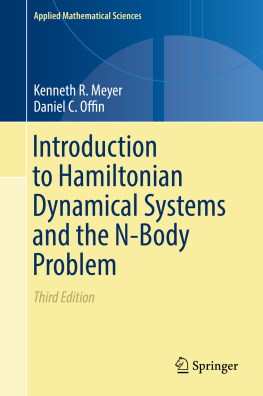
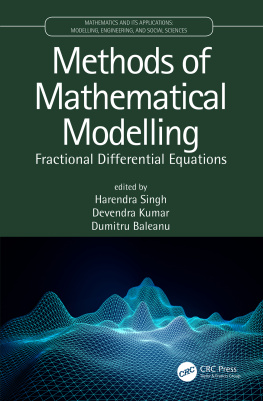

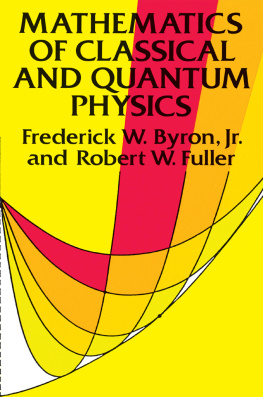
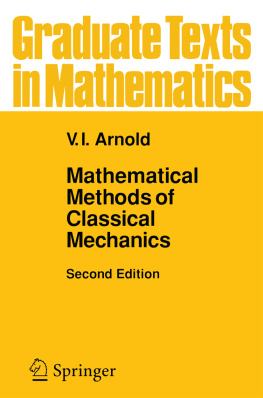
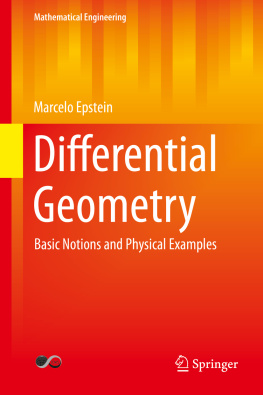

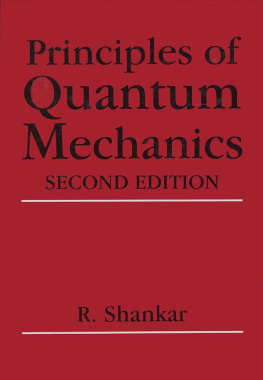
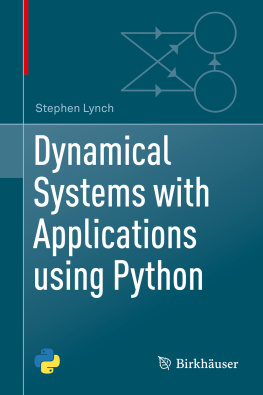

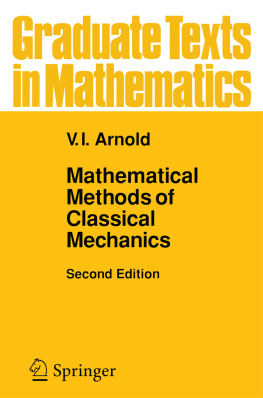


 and so to a system of first-order equations in
and so to a system of first-order equations in  , an even-dimensional space. If the forces are derived from a potential function, the equations of motion of the mechanical system have many special properties, most of which follow from the fact that the equations of motion can be written as a Hamiltonian system. The Hamiltonian formalism is the natural mathematical structure to develop the theory of conservative mechanical systems such as the equations of celestial mechanics.
, an even-dimensional space. If the forces are derived from a potential function, the equations of motion of the mechanical system have many special properties, most of which follow from the fact that the equations of motion can be written as a Hamiltonian system. The Hamiltonian formalism is the natural mathematical structure to develop the theory of conservative mechanical systems such as the equations of celestial mechanics.
 , an open set in
, an open set in  . The vectors.
. The vectors. . This notation goes back to Newton who created a fluxion from a fluent by placing a dot over it.
. This notation goes back to Newton who created a fluxion from a fluent by placing a dot over it.

 , there is a unique solution z =( t , t 0, z 0) of ( ) for details of the theory of ordinary differential equations.
, there is a unique solution z =( t , t 0, z 0) of ( ) for details of the theory of ordinary differential equations. where
where  is some open set in
is some open set in  , the differential equations () satisfying (0, z 0)= z 0. The solutions are pictured as parameterized curves called orbits in
, the differential equations () satisfying (0, z 0)= z 0. The solutions are pictured as parameterized curves called orbits in  , and the set
, and the set  is called the phase space . By the existence and uniqueness theorem, there is a unique curve through each point in
is called the phase space . By the existence and uniqueness theorem, there is a unique curve through each point in  ; and by the uniqueness theorem, two such solution curves cannot cross in
; and by the uniqueness theorem, two such solution curves cannot cross in  . The space obtained by identifying an orbit to a point is called the orbit space . As we shall see in this chapter, orbit spaces can be very nice or very bad.
. The space obtained by identifying an orbit to a point is called the orbit space . As we shall see in this chapter, orbit spaces can be very nice or very bad. where
where  can be written as a Hamiltonian system
can be written as a Hamiltonian system 


 into
into  , and define the Poisson bracket of F and G by
, and define the Poisson bracket of F and G by
 to
to  as well, and one can easily verify that {,} is skew-symmetric and bilinear. A little tedious calculation verifies Jacobis identity :
as well, and one can easily verify that {,} is skew-symmetric and bilinear. A little tedious calculation verifies Jacobis identity :